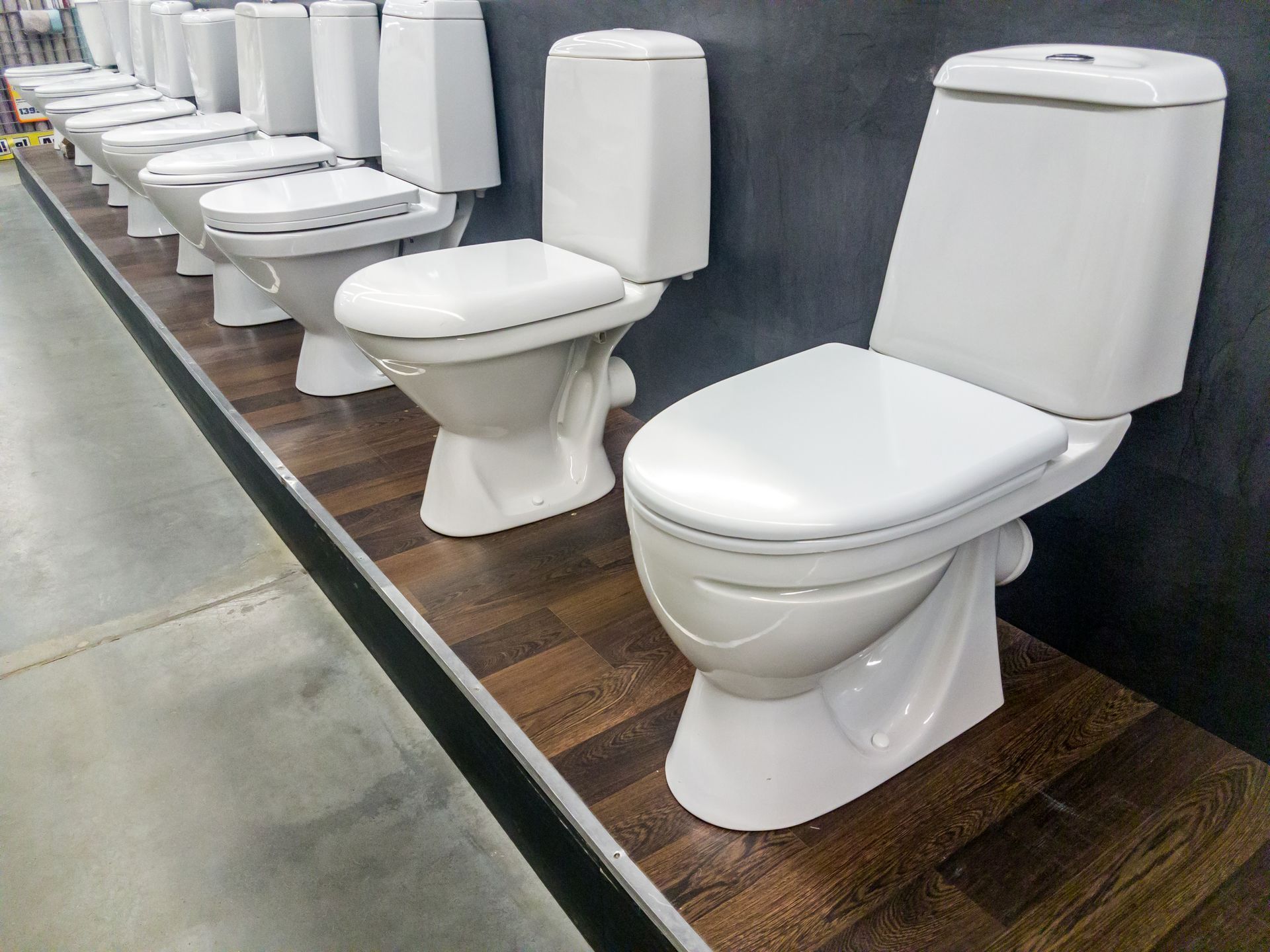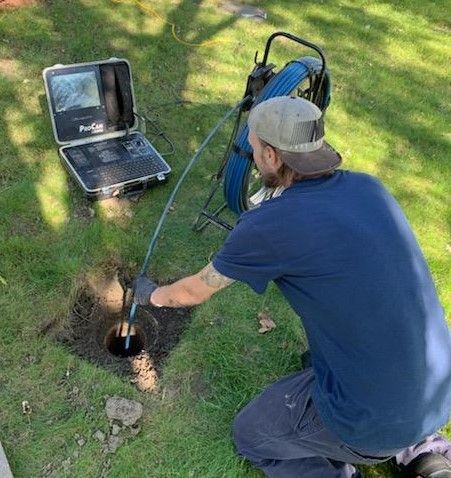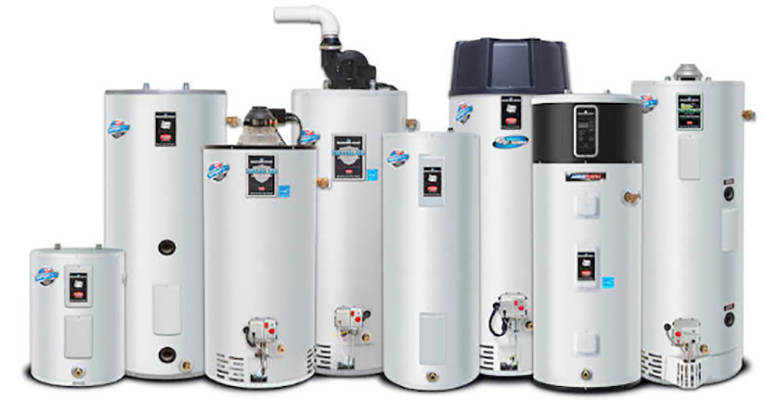Call for Emergency Plumbing Service
Ejector Pumps: The Unsung Heroes of Basement Plumbing
Ejector Pumps: The Unsung Heroes of Basement Plumbing
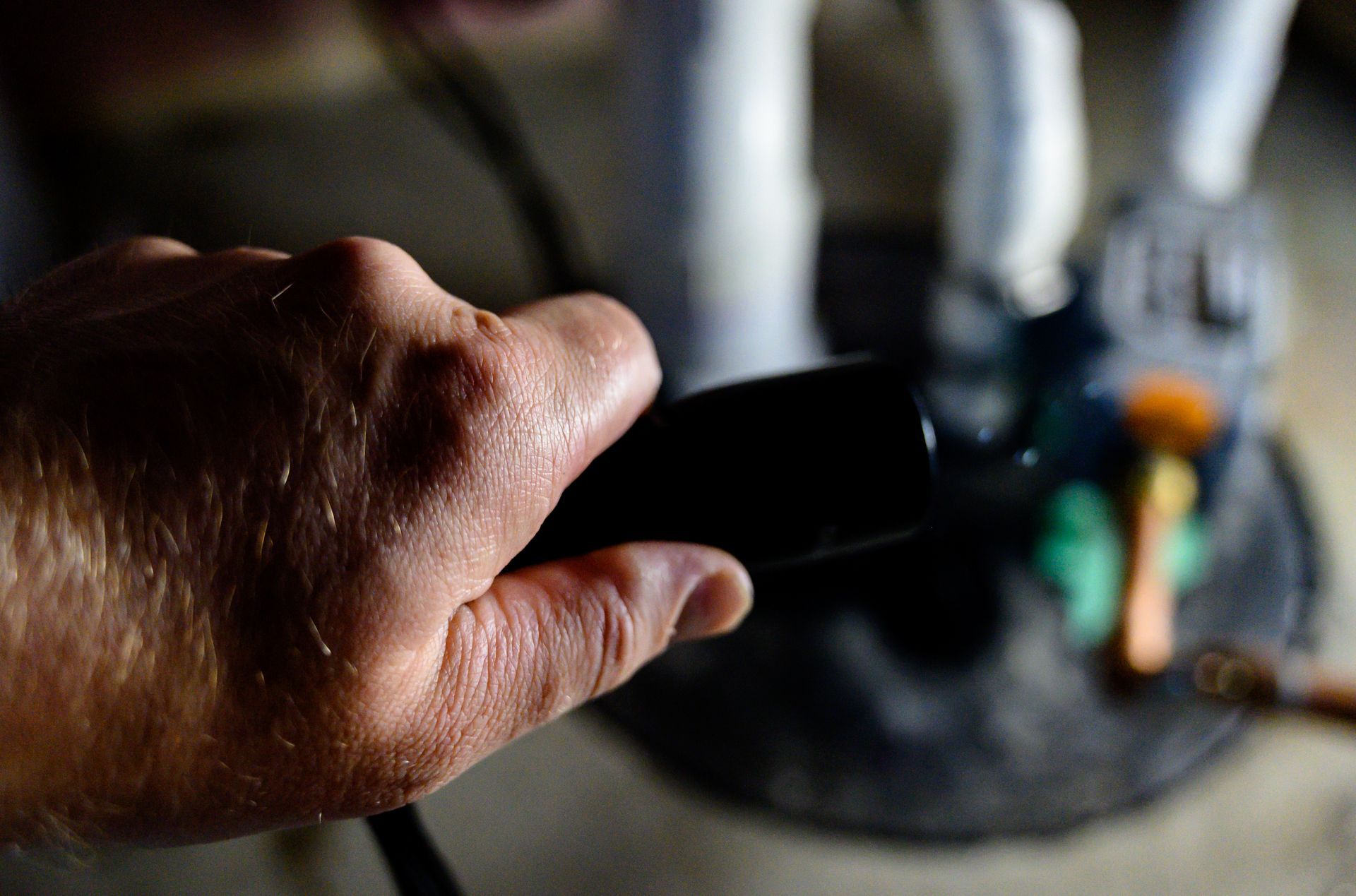
In the realm of home plumbing, certain components quietly work behind the scenes to keep our living spaces clean, dry, and functional. One such unsung hero is the ejector pump. While it may not be as well-known as other plumbing fixtures, the ejector pump plays a crucial role in ensuring the proper drainage of wastewater from basements and below-grade spaces. In this blog post, we'll delve into what ejector pumps are, how they work, and why they're indispensable for homeowners with basements or low-lying plumbing fixtures.
Understanding Ejector Pumps:
An ejector pump, also known as a sewage ejector pump, is a mechanical device designed to move wastewater from lower levels, such as basements or bathrooms below the main sewer line, to a higher elevation where it can be discharged into the municipal sewer system or septic tank. Ejector pumps are typically installed in a pit or basin below the level of the fixtures they serve, such as toilets, sinks, or showers.
How Ejector Pumps Work:
Ejector pumps operate on the principle of pressure differential. When wastewater from fixtures drains into the pump basin, it triggers a float switch or sensor, activating the pump motor. The pump then grinds or macerates the wastewater into smaller particles and pumps it upward through a discharge pipe to the main sewer line or septic system. Once the water level in the basin drops to a certain level, the pump shuts off until the next cycle begins.
The Importance of Ejector Pumps:
1. Basement Drainage: For homes with basements or below-grade bathrooms, ejector pumps are essential for removing wastewater from fixtures located below the level of the main sewer line. Without an ejector pump, gravity alone would not be sufficient to drain wastewater effectively, leading to backups, flooding, and potential water damage.
2. Preventing Sewage Backups: Ejector pumps help prevent sewage backups by efficiently removing wastewater from lower levels and directing it to the sewer or septic system. This reduces the risk of raw sewage entering the home and causing unsanitary conditions and health hazards.
3. Versatility: Ejector pumps are versatile and can handle a variety of wastewater types, including blackwater from toilets, as well as graywater from sinks, showers, and laundry facilities. This versatility makes them suitable for a wide range of residential and commercial applications.
4. Reliability: When properly maintained, ejector pumps are reliable and efficient, providing years of trouble-free operation. Routine maintenance tasks, such as checking the pump and float switch for debris, can help ensure continued performance and prevent costly repairs.
Choosing the Right Ejector Pump:
When selecting an ejector pump for your home, consider the following factors:
- Capacity: Choose a pump with sufficient capacity to handle the expected wastewater volume from your fixtures.
- Type: Select a pump suitable for the type of wastewater you need to discharge, whether it's blackwater, graywater, or a combination of both.
- Power Source: Decide whether you prefer a pump powered by electricity or a battery backup system for added reliability during power outages.
Conclusion:
Ejector pumps may not be the most glamorous fixtures in your home, but they are undoubtedly essential for maintaining proper drainage and preventing sewage backups in basements and below-grade spaces. By understanding how ejector pumps work and their importance in your plumbing system, you can ensure that your home remains clean, dry, and free from the headaches of wastewater issues. If you're considering installing an ejector pump or need maintenance for an existing one, consult with a reputable plumber to ensure proper installation and reliable performance for years to come.
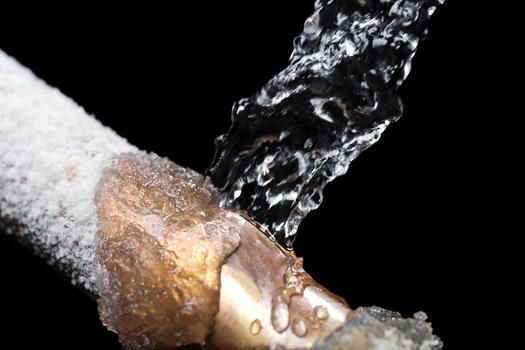
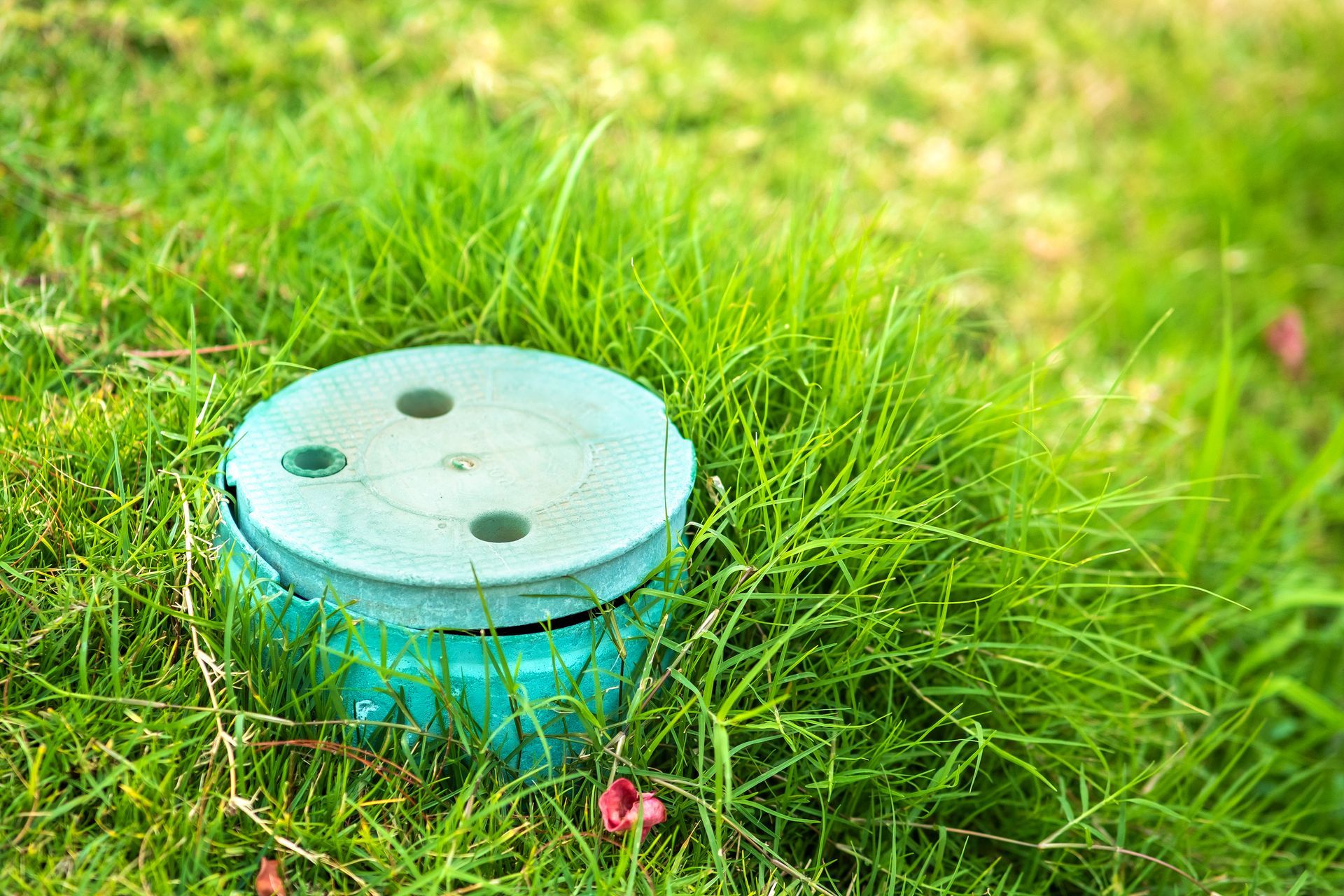
Contact Information
Phone:
For Appointments:
General Inquiries:
Address:
13947 Kildare Ave, Crestwood, IL 60445
Business Hours:
- Mon - Sat
- -
- Sunday
- Closed
24-hour emergency
Contact Information
Phone:
For Appointments:
General Inquiries:
Address:
13947 Kildare Ave, Crestwood, IL 60445
Business Hours:
- Mon - Sat
- -
- Sunday
- Closed
24-hour emergency
Proudly Serving Your Community
We’ve been serving Chicagoland and Northwest Indiana communities for over 15 years!
- Orland Park
- Crestwood
- Tinley Park
- Oak Forest
- Midlothian
- Oak Lawn
- Palos Heights
- Homewood
- Frankfort
- Mokena
- Hammond
- Munster
- Schererville
- Dyer
- St. John
- Orland Park
- Crestwood
- Tinley Park
- Oak Forest
- Midlothian
- Oak Lawn
- Palos Heights
- Homewood
- Frankfort
- Mokena
- Hammond
- Munster
- Schererville
- Dyer
- St. John


